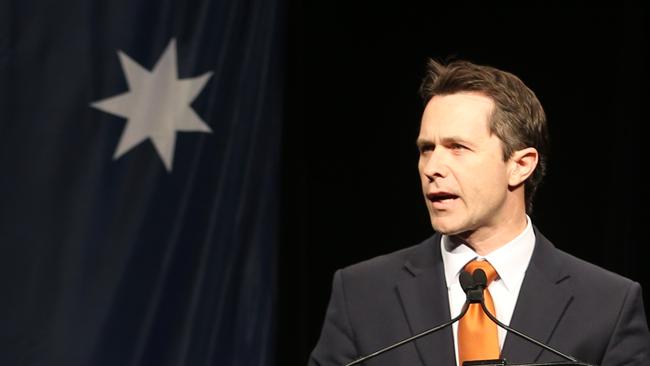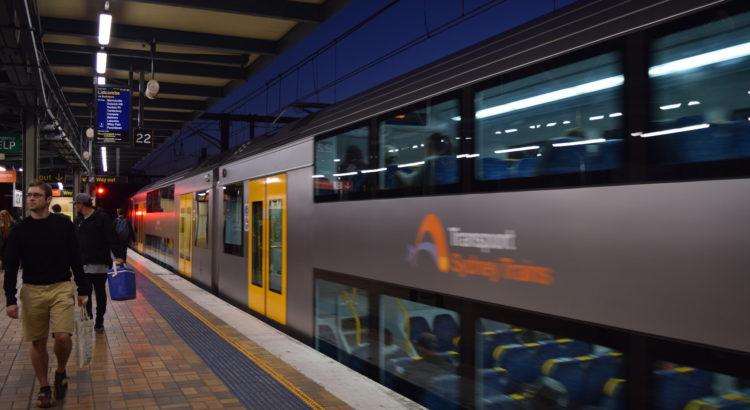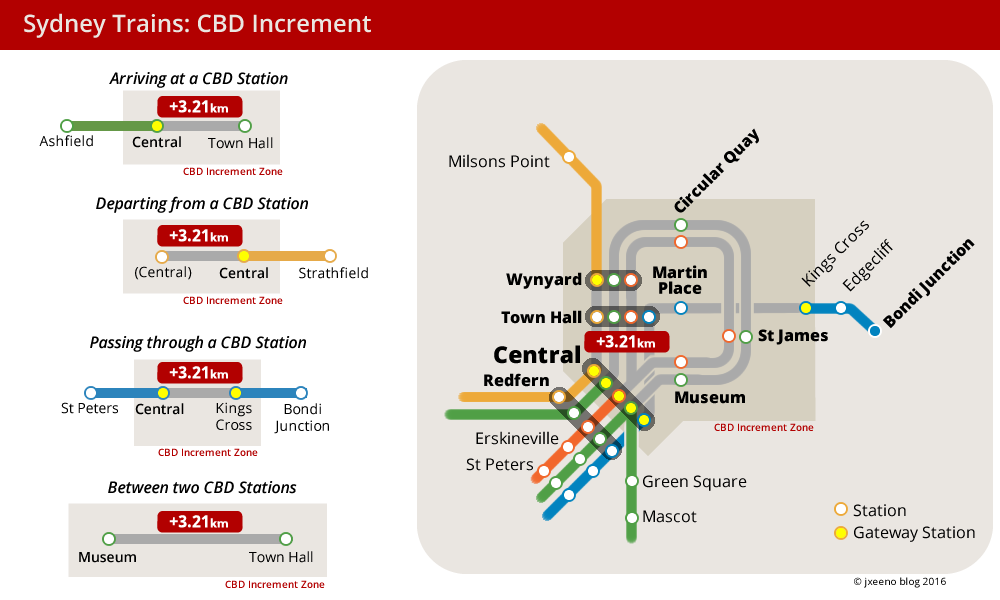After spending millions on consultants to criticise past decisions in the 2013 NBN Strategic Review, the company responsible for building the National Broadband Network, NBN Co, has repeated supposed past mistakes in a metric definition.
The review was highly critical of the former management of NBN Co when it stated that its Interim Satellite Service (ISS) had passed 250,000 premises when the satellites only had capacity to service 48,000 premises:
NBN Co has previously reported Satellite premises covered as 250,000, however the Independent Assessment considers that it is more appropriate to report 48,000 Premises Passed given the contractually limited capacity of the ISS.
Consequently, the review revised the company’s performance figure down in the review — stating the former management had missed the target of 250k premises by 80% (page 40) by reclassifying the meaning of the metric.

Yet, three years later — here we are again with the company using the total satellite footprint as their headline “Premises Passed and Ready for Service” figure.
NBN Co’s weekly progress report, which provides a high-level summary of premises passed across Australia, says 404,064 premises have been “covered” by the Long Term Satellite service. Yet, in the 2016 corporate plan, the company states that satellites only has the capacity to service 250,000 premises at a time.
Following the footsteps of the Strategic Review, NBN Co will technically miss its corporate plan satellite target by around 50%.
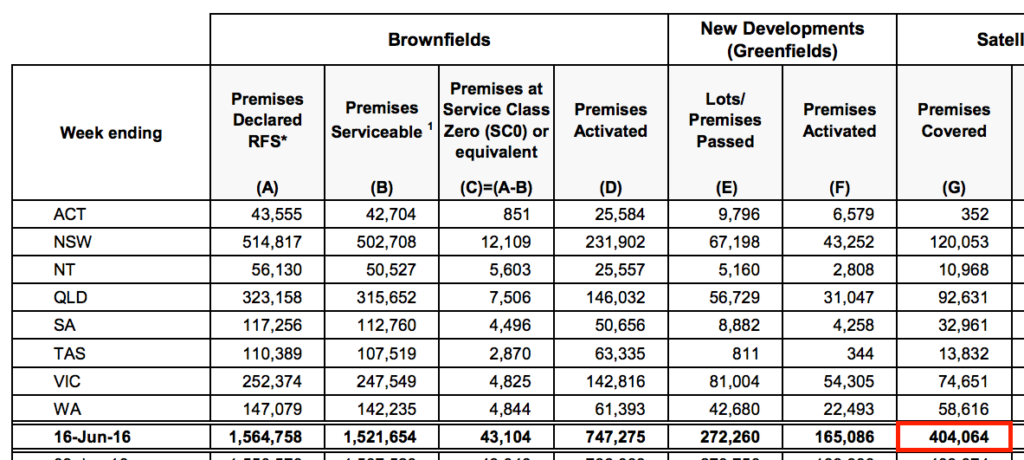
The hilarity of it all
What can I say? Metrics are arbitrarily defined by those who want to portray a specific outcome. Criticism of metric definition is moot, and really occurs only when trying to pursue a line of argument intended by those writing it. The Strategic Review is an excellent example of this.
Perhaps unnoticed by many at the time, the numbers in the review favoured the Multi-Technology Mix even though there was no increase in capacity for the satellite.
The review considered only 206,000 premises passed by FY16 in the “revised outlook” — however, it magically jumped up to 340,000 premises passed in the adopted “multi-technology” case without any physical changes to the satellites.
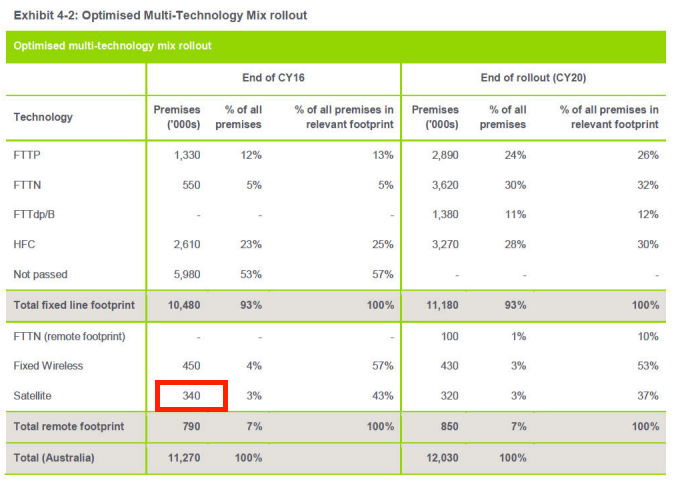
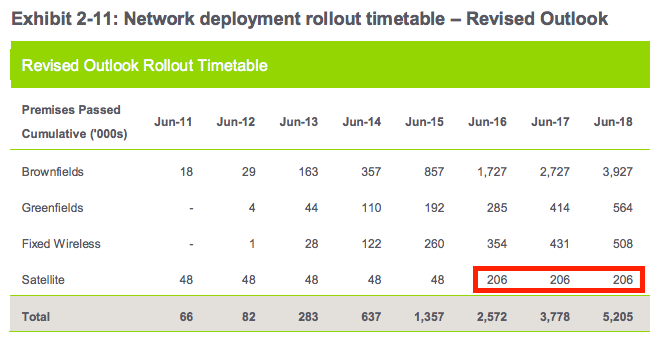
Remarkable isn’t it? Just goes to show how a metric can be reclassified to portray missed targets, then rapidly reclassified again to make your own rollout model look better 😉
